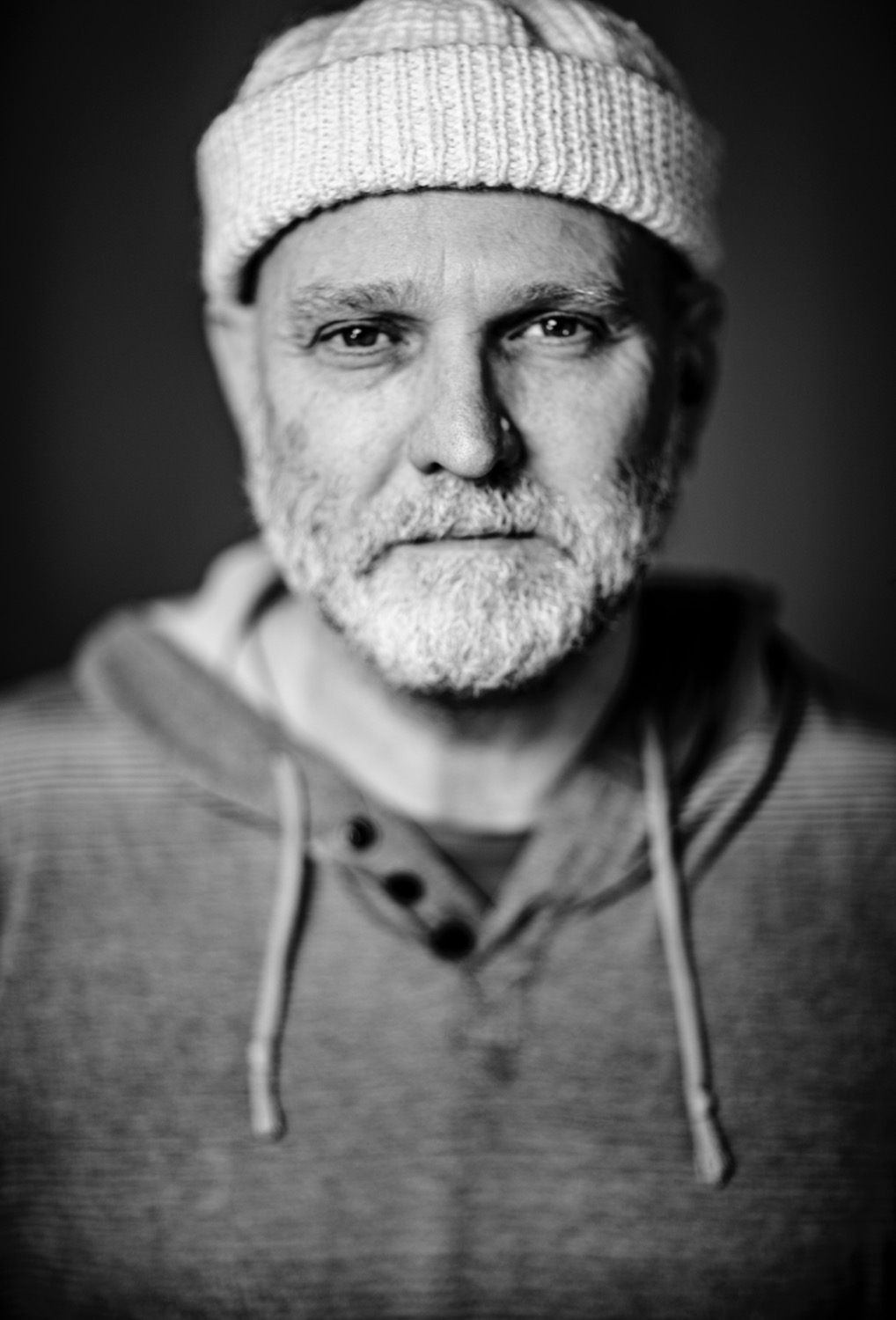What is Virtual Production?
- Rob Chandler

- Dec 11, 2021
- 2 min read
Updated: May 14, 2022

Modern Virtual Production is a technique where the physical filming of a production, takes place in a studio where 3 dimensional Computer Generated Imagery (CGI) is combined with live-action to create the effect of shooting in any scene, location or set.
Captured either 'in-camera' or 'in-processor' the aim is to film in final or near final pixel - meaning, point. shoot and record, with the aim to reduce post production.
The two capture methods are similar in some ways, but quite different in others. Both have their merits and both are considered valid tools in film and broadcast.
Both use CGI environments typically created in a platform initially designed for gaming. This gives the artists the ability to not only create a film set or studio, but a whole world, where the cameras can be moved instantly around the space for the next scene - without ever moving physically.
Where they differ is how the imagery is processed.
'In-camera', is exactly that. The camera is used just as it normally is, shooting in the studio which contains LED walls as backdrops. The imagery displayed on the volume is produced by a set of highly powered computers. The backdrop is typically animated subtilty to give the appearance of the real world.
'In-processor', is quite different, the composition of the CGI and live action is combined in a computer's processor. Shot normally in a chromakey studio, the live action is taken into the PC directly, the green or blue removed, and imagery overlaid on the CGI in real-time, resulting in a composite film rendered instantly or near-instant if very high resolution output is required.
Both have the ability to move the camera within the environment, however only 'in-processor' allows for multiple cameras to move around and 'switch' in the virtual space while 'maintaining the parallax' - meaning it creates the illusion of the environment being real as the cameras move.

Comments